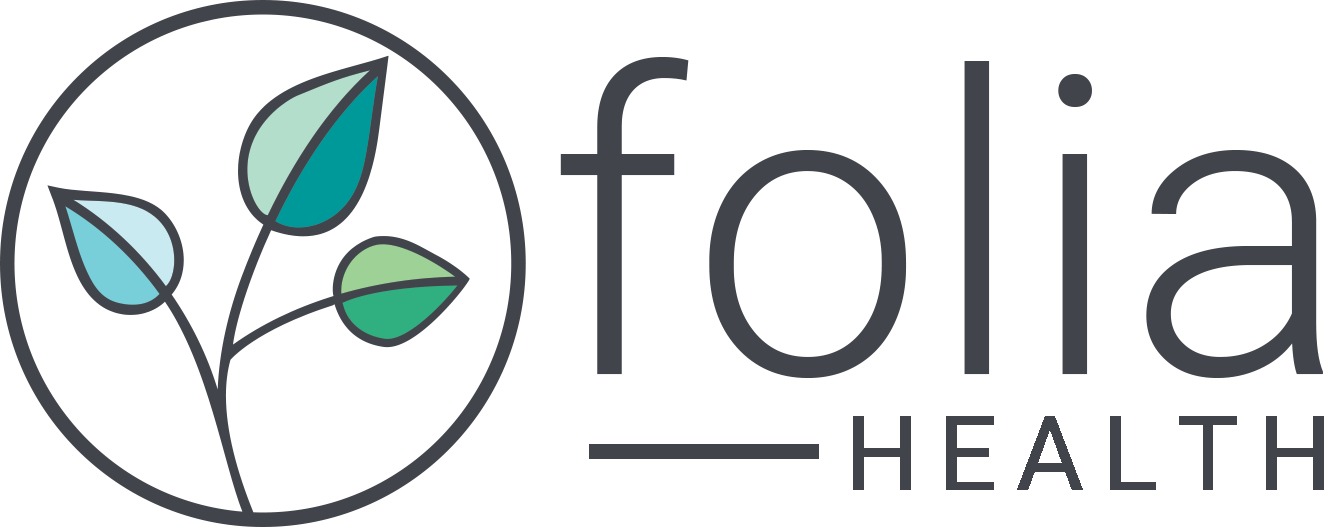Home-Reported Outcomes: Enabling a global understanding of the patient experience
A few weeks back, we covered the different types of patient-generated data, with the goal of demystifying some of often-used terms like patient-reported outcome or real-world evidence. This week we’ll focus on the home-reported outcome (HRO) - a term that our team is proud to have coined in 2018.
So first, a definition.
Home-reported outcome (HRO): A form of patient-generated health data collected by the patient or caregiver (versus a clinician or a device), captured in real-time or with a short delay, and primarily owned by the patient.
What is unique about HROs?
1. HROs are captured as responses to individual questions that are selected to be both relevant and comprehensive to the participant's disease experience
Unlike most PROs, HROs are not collected as one-piece surveys, where questions are dependent on each other and must be administered together in the same order for each participant. Rather, HROs are captured as individual data-points, and the data-points themselves (like coughing severity 1-10, or presence of headache) act independently of one another.
This means that HROs can be standard across a population but do not need to be. This flexibility enables patients and caregivers to capture data that is most relevant to them - a key factor in our high user engagement - and ensures capture of a wider net of outcomes, including those that clinicians or investigators don’t anticipate.
2. HROs take the info that you might otherwise log in a journal and provide structure for easier entry and use
Similar data collection methods have been used in the form of the symptom diary. Symptom diaries have been more widely used in medical research since the 1990s, and the data has been found to have good acceptability and accuracy.(1)
Data can be analyzed using a multilevel regression model. In a 2018 study on fibromyalgia, diary data enabled the identification of phenotypic clusters differing across levels of pain intensity and social functioning, allowing the investigators to identify subgroups within the population for more exact diagnosis and treatment.(2)
3. HROs enable precise clinical care
Symptom reporting has also been used in studies of clinical care. In the eICE trial for cystic fibrosis, home electronic symptom reporting was used alongside home spirometry to decrease time to exacerbation detection.(3) A 2017 study of metastatic solid tumor cancer patients undergoing chemotherapy found that those randomized to report on 12 common symptoms using an electronic diary method had a median overall survival 5 months longer than those in the control group.(4)
4. HROs have personal utility and alleviate treatment burden and caregiver burnout
HRO collection in the form of structured multiple-choice, multi-select, or searchable text format provide patients and caregivers a more ‘pre-set’, facile method by which to collect their insights. Folia users typically record all of their data in 90 seconds a day. The structured format of digital home-reported outcomes also enables easier interpretation, comparison, and sharing than analog methods.
Feeding two birds with one scone
HROs enable us to move beyond the artificial barrier between health data collected for research and health data collected for individual use. In other words, HROs serve a dual purpose of improving individual health and augmenting existing research data. The time patients and caregivers invest in tracking HROs for their own benefit can be easily scaled to provide a one-to-many benefit with no extra effort on the part of the patient or caregiver.
We call this concept feeding two birds with one scone.
When surveyed, Folia user rank this attribute high among their reasons for signing up for Folia. In their own words, they describe Folia as their own actionable health record. And ultimately, it’s their commitment to tracking their observations as HROs that makes our dataset uniquely capable of delivering on our promise of precise care.
Explore more by watching Nell’s presentation at the NORD Breakthrough Summit and reading through the poster for detailed insights.
(1) Burton C, Weller D, Sharpe M. Are electronic diaries useful for symptoms research? A systematic review. J Psychosom Res. 2007;62(5):553-561. doi:10.1016/j.jpsychores.2006.12.022
(2) Bartley EJ, Robinson ME, Staud R. Pain and Fatigue Variability Patterns Distinguish Subgroups of Fibromyalgia Patients. J Pain. 2018;19(4):372-381. doi:10.1016/j.jpain.2017.11.014
(3) Lechtzin N, Mayer-Hamblett N, West NE, et al. Home Monitoring of Patients with Cystic Fibrosis to Identify and Treat Acute Pulmonary Exacerbations. eICE Study Results. Am J Respir Crit Care Med. 2017;196(9):1144-1151. doi:10.1164/rccm.201610-2172OC
(4) Basch E, Deal AM, Kris MG, et al. Symptom Monitoring With Patient-Reported Outcomes During Routine Cancer Treatment: A Randomized Controlled Trial [published correction appears in J Clin Oncol. 2016 Jun 20;34(18):2198] [published correction appears in J Clin Oncol. 2019 Feb 20;37(6):528]. J Clin Oncol. 2016;34(6):557-565. doi:10.1200/JCO.2015.63.0830

